New Linux ODM platform
Based on the new 64-bit microprocessor family, STM32MP2, this Martinsson platform enables edge ai capabilities and strong cyber security for next generation of HMI and connected display solutions.
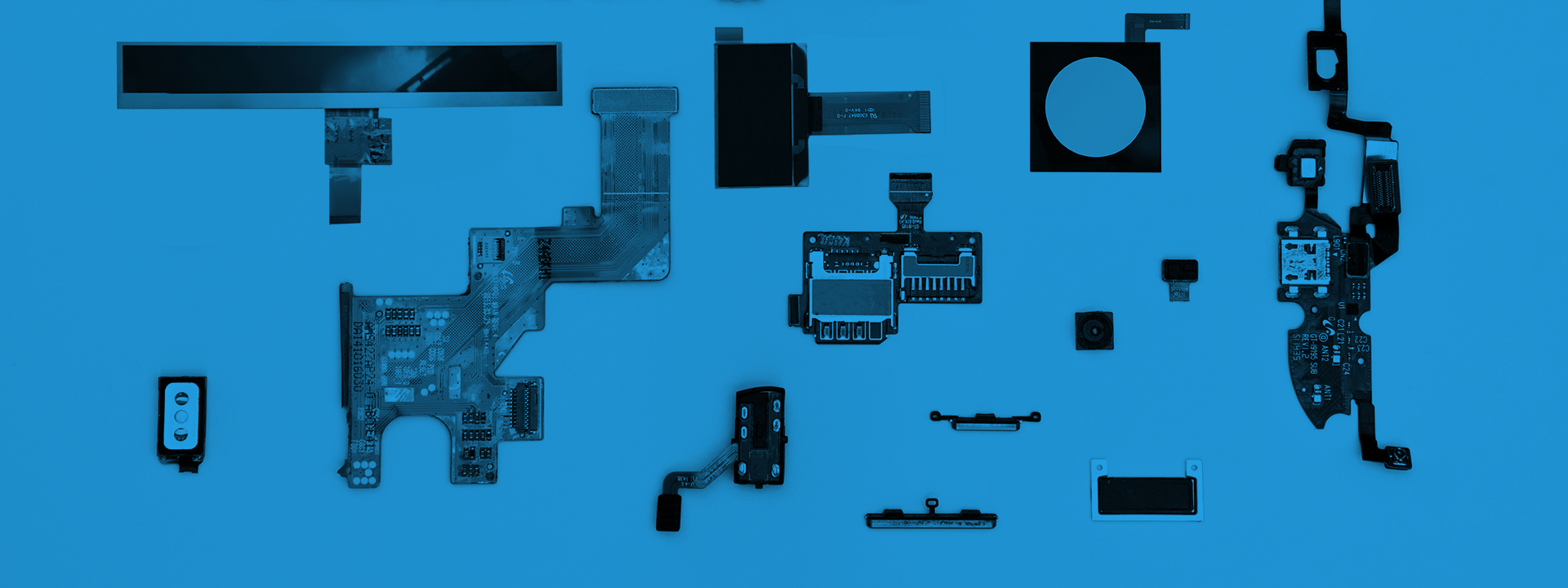
Read about exciting projects, interesting customers, innovative products and the latest trends in the market for display solutions.

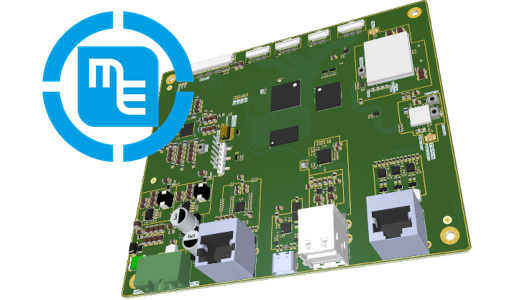
Based on the new 64-bit microprocessor family, STM32MP2, this Martinsson platform enables edge ai capabilities and strong cyber security for next generation of HMI and connected display solutions.
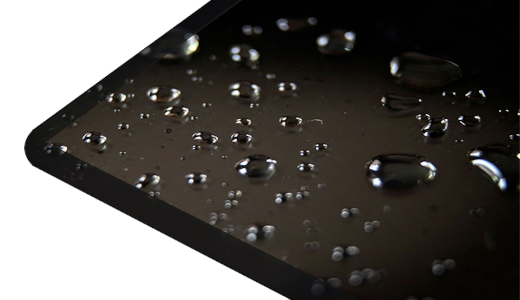
A touch controller that can detect water on the screen and ignore it. Yes, it is possible. Even detect and track your finger flawlessly even with a thick glove or when your screen is covered in water.
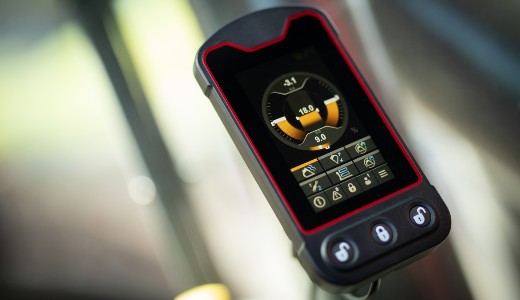
Industrial tiltrotator display - together with Rototilt, Martinsson developed a new safety-classified display solution for Rototilt's latest control system, RC™ System.

3 sizes of IPS TFT panels with wide operation temperature range and very bright longlife LED backlight. Suitable for use outdoor, in direct sunlight och other harsh environments.
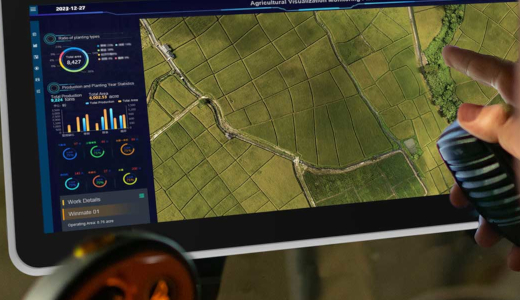
Extra wide 12.3" touch display series with 1920 x 720 resolution and 1000 nits brightness. Display only or versions with different CPUs, wide power input, up to shock and vibration MIL-tested with M12 connectors.

With Smart Embedded and TouchGFX you can speed up your development process and move to production faster.

With its rugged design, large display, and optional dual hot-swappable battery architecture, it can handle tough working conditions and provide uninterrupted operation.

Our world of displays, embedded computers and control systems consists of ready-made standard products and tailor-made solutions completely adapted to your needs. For over 50 years, our focus has been to create solutions that increase our customers' competitiveness.

Read about the pros and limitations with this technology vs. LCD or OLED Technology and how it can be good for you.
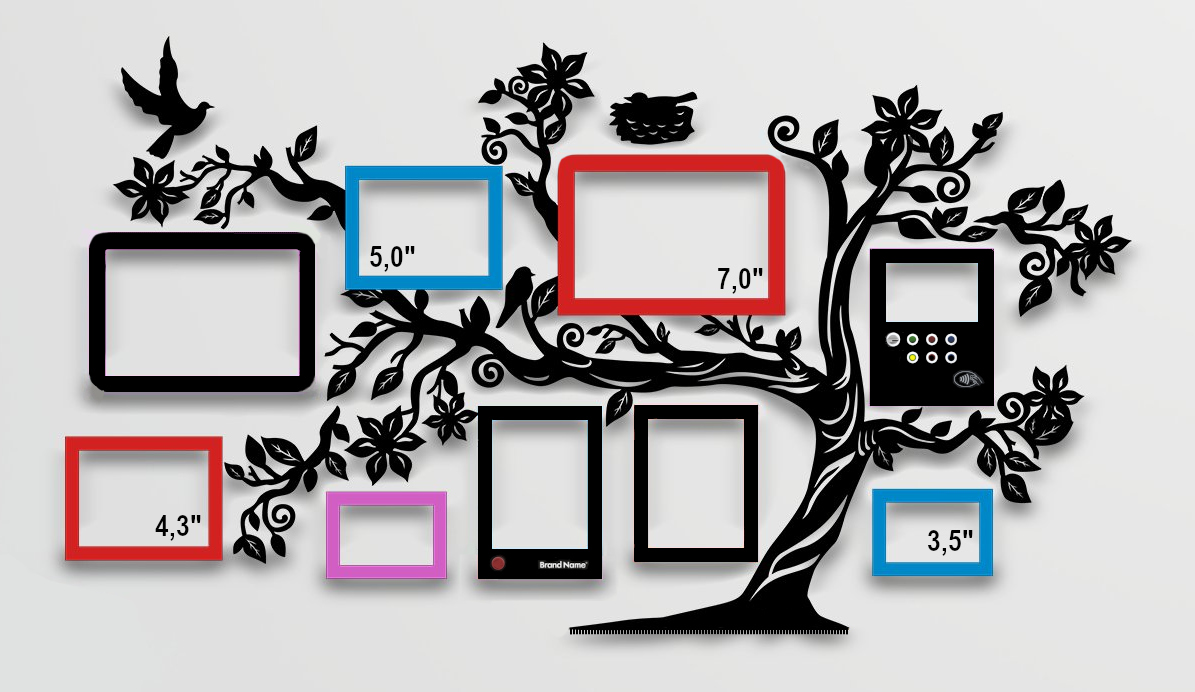
Emerging Display Technologies (EDT) is using 28 years of experience in the LCD/TFT sector to combine the best features of a display in the new UI2 family.
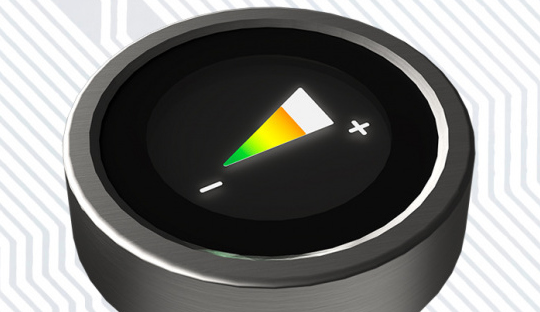
Industrial encoder display - intuitive and robust Human-Machine-Interface (HMI). High quality Rotary Encoder combined with a clear and bright display makes a very userfriendly way to operate your device.

Here you will find an overview of the current situation on the materials market and recommendations for the upcoming months.
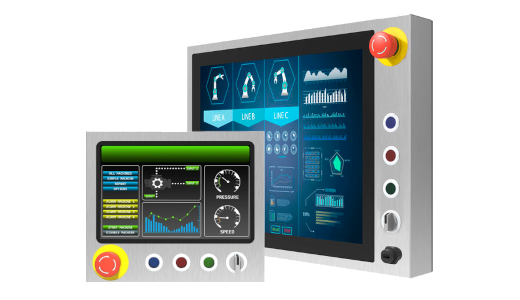
The combination of both touchdisplay and physical buttons together with latest Intel CPU in an IP65 housing gives you control and indication directly to your work area.
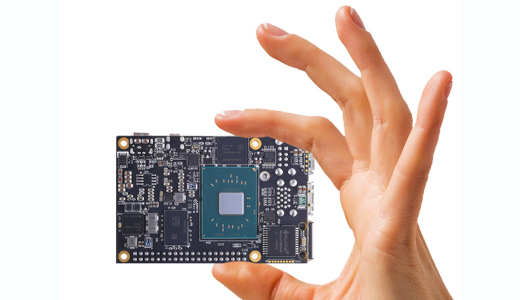
1.8” embedded x86 CPU board measuring just at 84 x 56 mm, with low power consumption, fanless design and cost-efficient. Ideal for space-constrained applications.

Together with Sveba Dahlén, Martinsson has developed a completely new type of oven panel for professional baking ovens.

Feather touch long life panels react to finger pressure. Ther panels are also functional with gloves and water drops and remain to provide that light touch feeling.
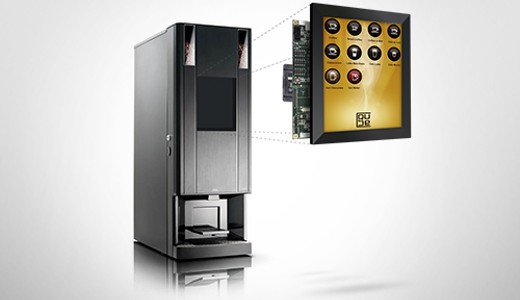
More and more customers choose to buy a function instead of components ie finished modules (building elements) instead of the individual components.

It is a well-known disadvantage of modern HMIs with touch screens that the operator does not receive a mechanical feedback from the unit upon his input.

Hygiene and product safety in the food-, pharmaceutical-, and cosmetic industries are critical. Contamination prevention from unwanted particles, bacteria, and germs is crucial for preventing
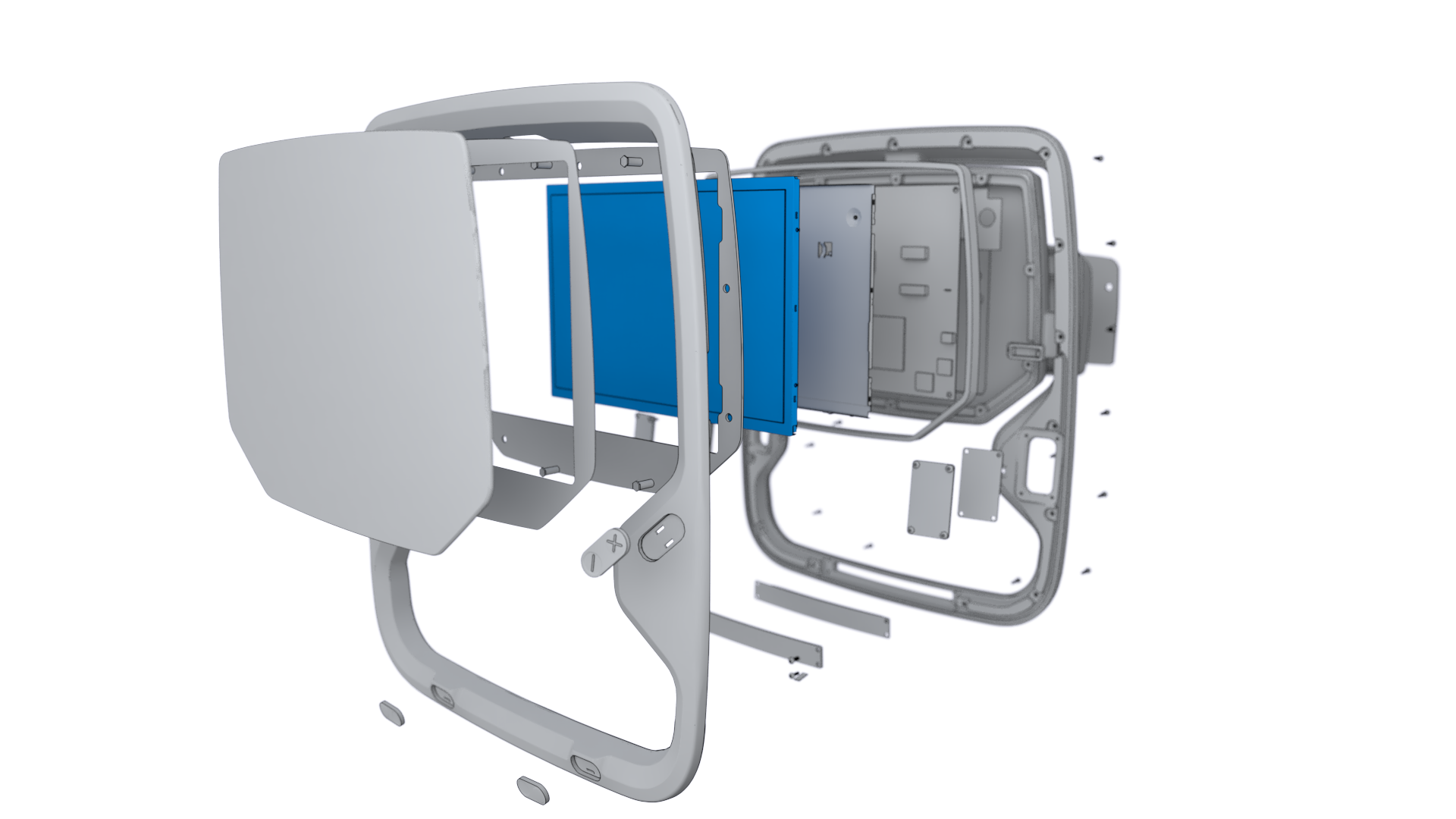
Our close ties to renowned design consultancies ensures seamless product development. By understanding our product line-up, our design partners are able to save time by innovating accurate concepts at an early stage.
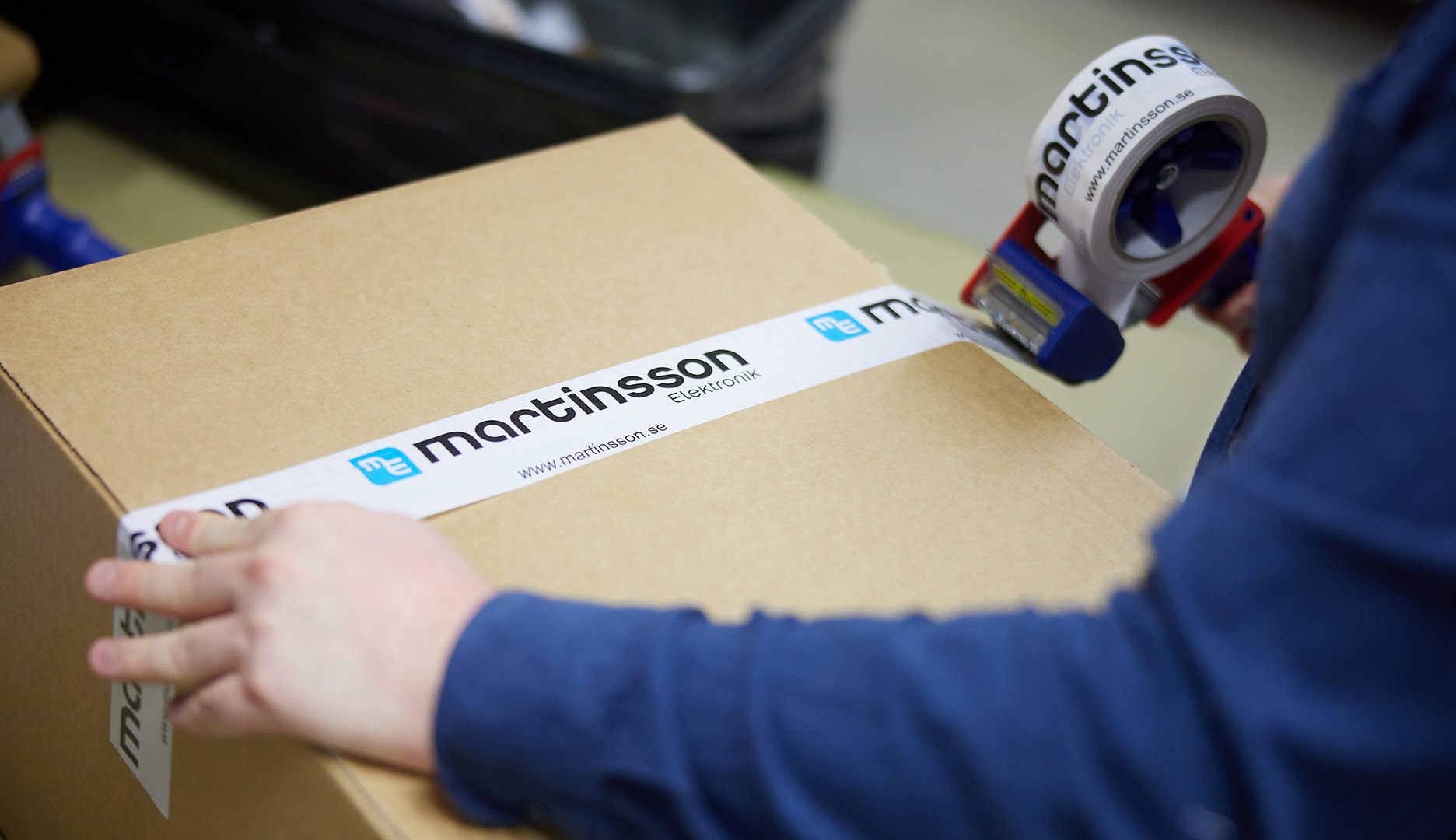
Our customers' production sites are geographically located all over the world so it's all about planning and creating flexible logistics solutions.
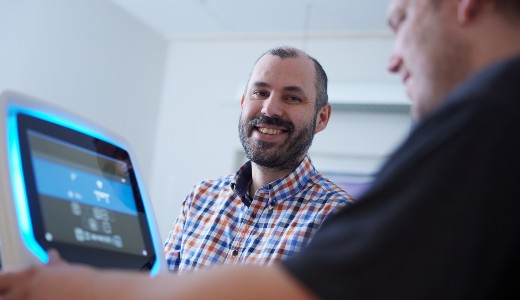
MARTINSSON E·CORE® is an ecosystem of platforms, functions and standardized products that can be used in many different applications.
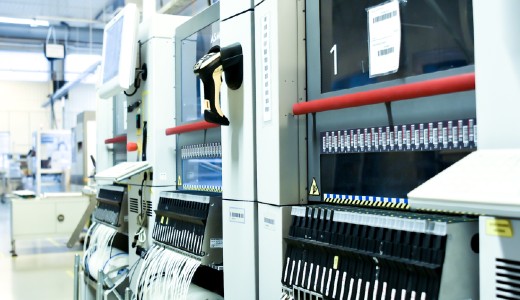
Efficient production with a high yield and efficient assembly are the foundations of stable, cost-effective manufacturing.
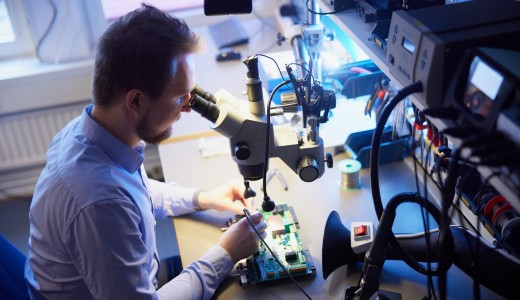
Efficiency in product maintenance is the key to long-term quality. To achieve that, we use standard components and use them in most of our customized products.
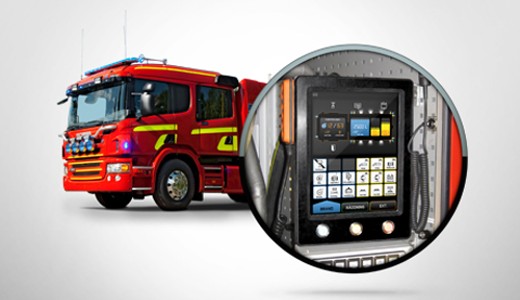
Floby Rescue AB manufactures customized rescue and extinguishing vehicles for a Scandinavian climate.
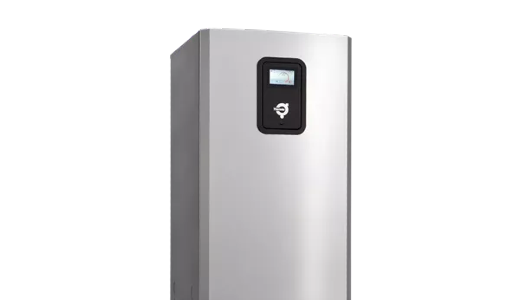
Thermia chose Martinsson to develop the next generation heat pump control system.
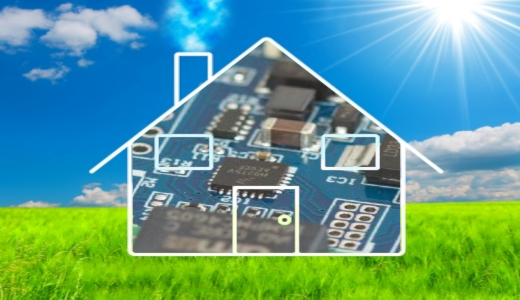
Swegon chose Martinsson to develop a new air quality sensor in order to replace an older design.
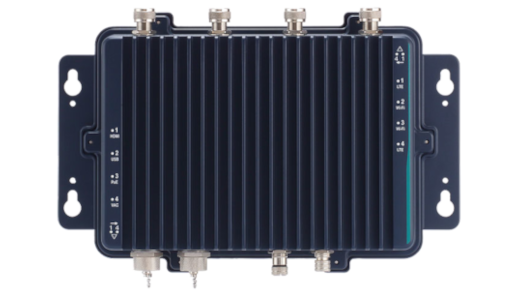
Rugged Nvidia engine for edge ai applications in outdoor environments.

Displays with maXTouch® touchscreen controllers use unique and patented sensing algorithms for robust and reliable touch operation in the most challenging....
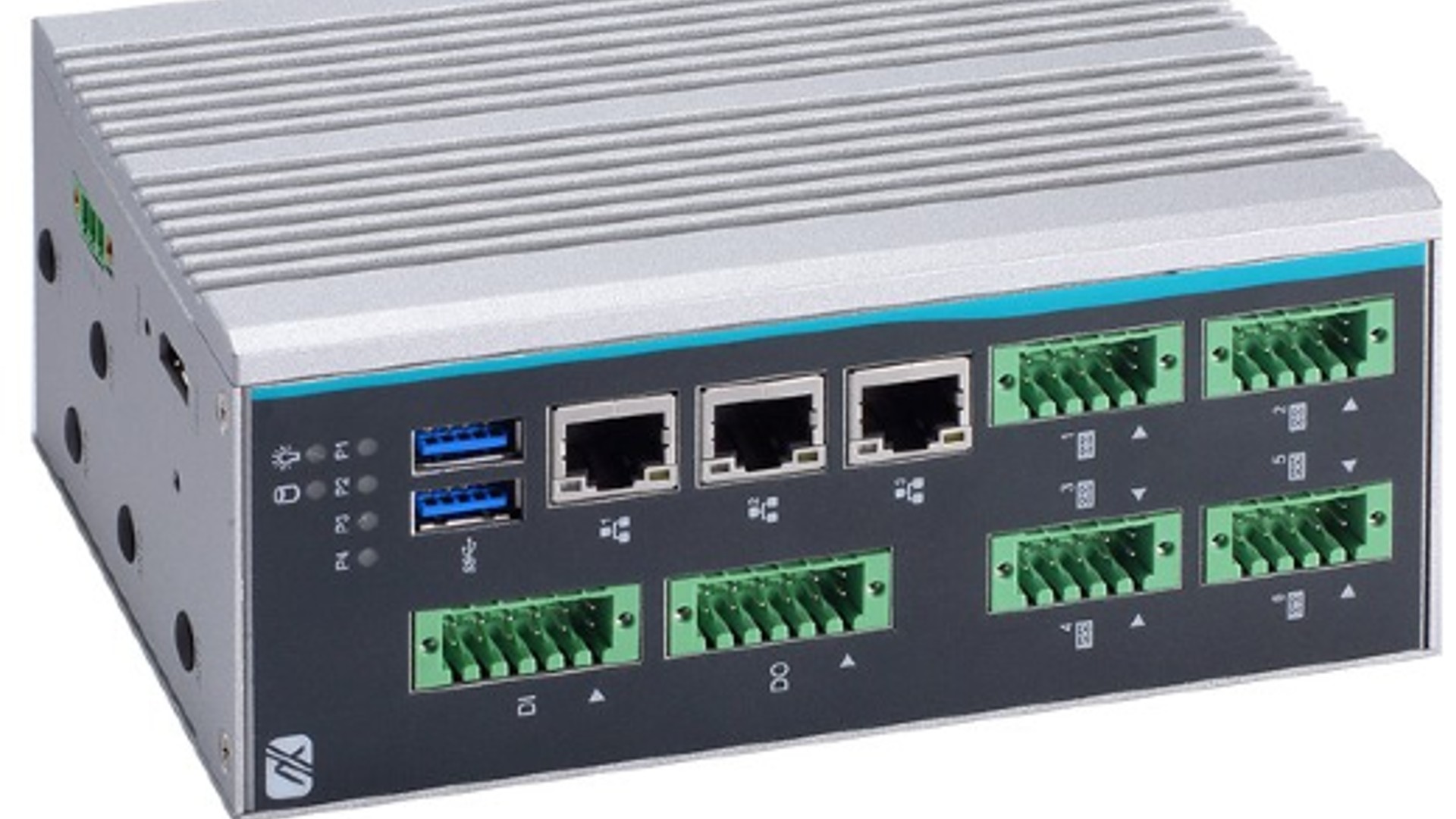
ICO300-83M, is ATEX, Class I Division 2 (CID2) certified DIN-rail fanless embedded system for hazardous environments.

Off-the-shelf standard HMI solutions with different sizes of touch displays equipped with ARM processors, iMX6 and iMX7 and support for Android or Linux

Vibration and shock-resistant, this 7” Display Computer is compliant with the MIL-STD-810G standard. Also, IP65 water and dustproof.
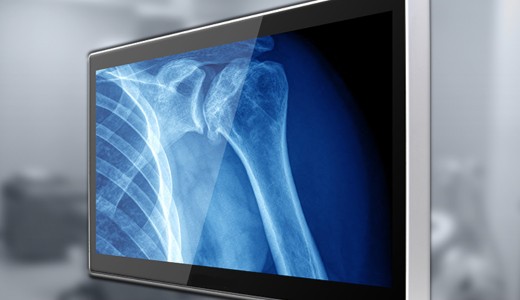
Here is where to start when you need gear up to of high-quality SDI digital video interface.

Here you will find an overview of the current situation on the materials market and recommendations for the upcoming months.
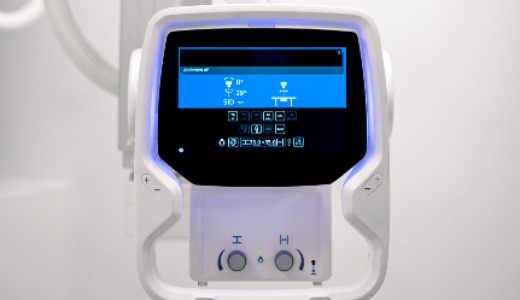
A modern display solution is developed from a market perspective and plays a crucial role in how the whole product is perceived by the user.
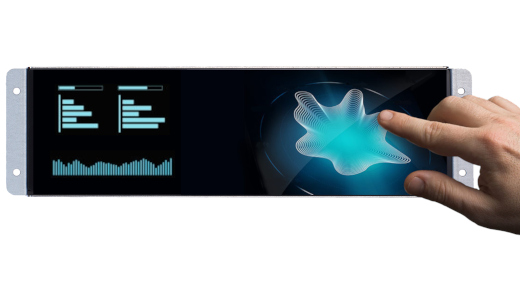
Mini all-in-one widescreen touch PanelPC are perfect for retail, gaming, public transport, access control systems and many more applications.